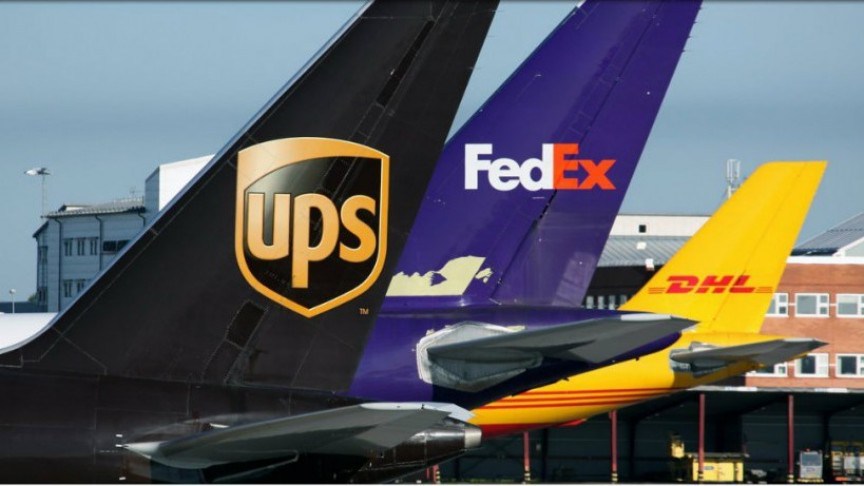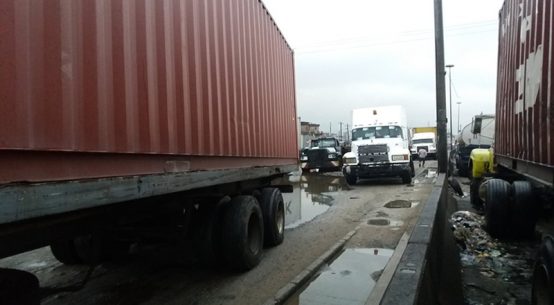
DETROIT (Reuters) – United Parcel Service Inc said on Wednesday it would raise rates across many of its U.S. services by 4.9 percent later this year, with surcharge increases for next year’s peak season focused mainly on residential addresses.
The rise of e-commerce and online retailers like Amazon has posed challenges for the shipping industry. The costs associated with delivering packages to residential addresses are higher than to businesses, which receive more packages and so bring more revenue per stop. Shipping firms are scrambling to reduce that extra cost
UPS, the world’s largest package delivery company, said its 4.9 percent increase would go into effect on Dec. 24 and apply to UPS Ground, UPS Air and International services, plus UPS Air Freight Rates in the United States, Canada and Puerto Rico.
The company’s main rival FedEx Corp said last month that rates at its FedEx Express unit will go up by an average of 4.9 percent for U.S. domestic, export and import services as of Jan. 1.
Atlanta-based UPS also said it would raise surcharges for most residential packages for the 2018 peak season – the busy season leading up to the holidays in December – “by a few pennies.”
For instance, the surcharge for UPS Next Day Air packages will rise to 84 cents in 2018 from 81 cents this year, while the peak surcharge for UPS Ground packages will increase to 28 cents from 27 cents.
UPS will also apply a new 2018 peak season surcharge for additional handling of large or awkward packages of $3.15.
As of July 8, 2018, the company will also raise the additional handling cost for packages weighing over 70 pounds (32 kg) to $19 from $12 and raise the additional handling charge for large packages delivered to a residential address to $90 from $80.
Follow us on Facebook for more Logistics News
Investors have expressed frustration that UPS and FedEx have had to invest heavily in network expansion to handle soaring lower-margin e-commerce volumes.
UPS has unveiled a number of new surcharges in recent years, which are seen as a way not only to manage the higher costs associated with e-commerce but also to encourage retailers that ship excessively large, heavy or unwieldy packages to seek alternative shipping methods.








